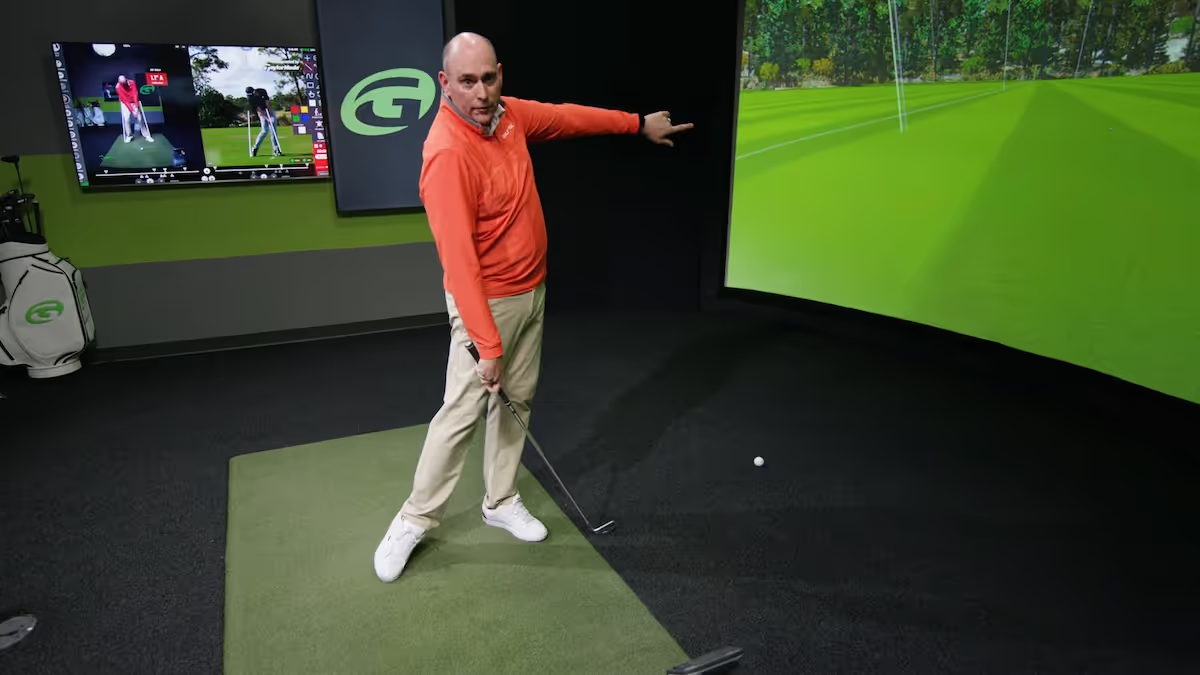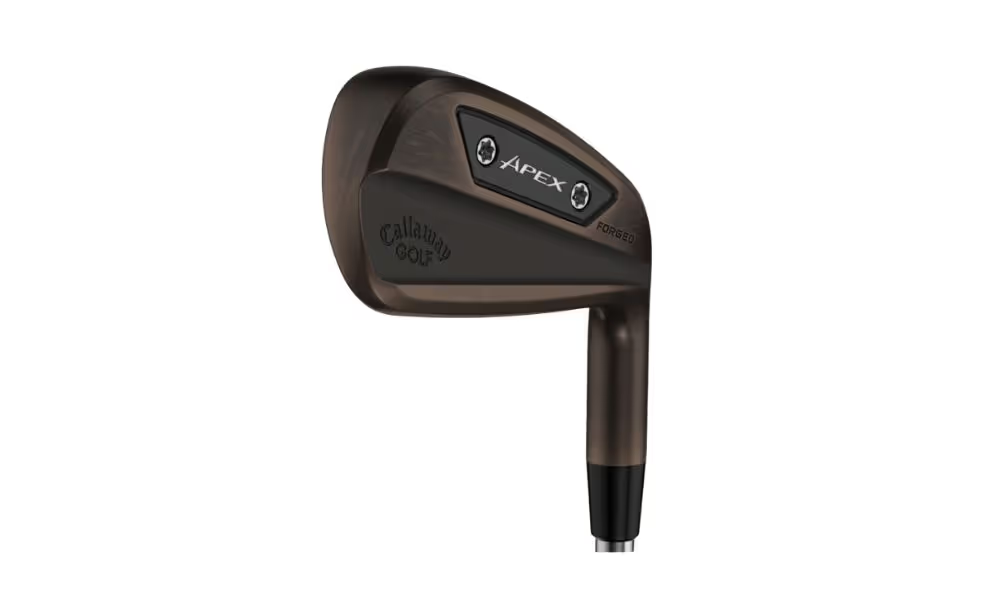Struggling with a slice? You're not alone. Golf.com spotlighted the two biggest causes - open clubface and over-the-top swing path. At GOLFTEC, we use OPTIMOTION data, custom drills, and expert coaching to eliminate those exact issues. Book your Swing Evaluation today and start hitting it straighter.
The banner is to inform visitors of an important message
.webp)














































